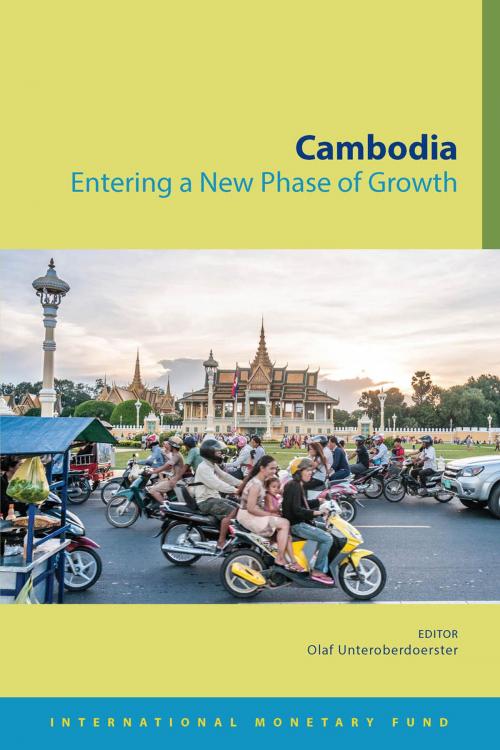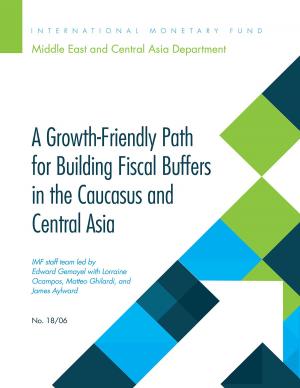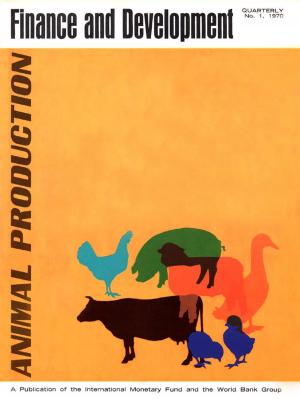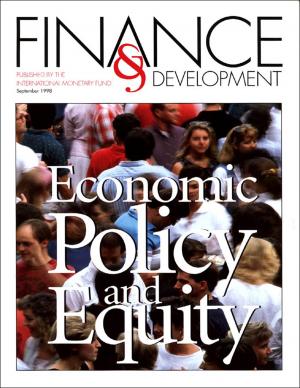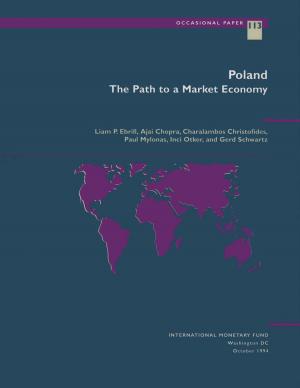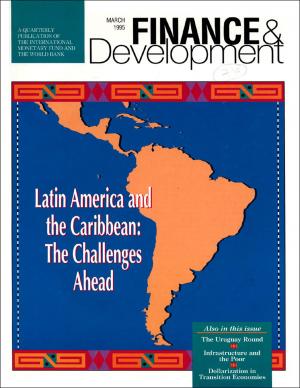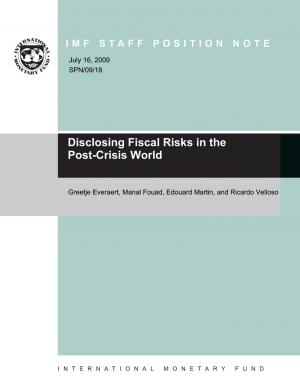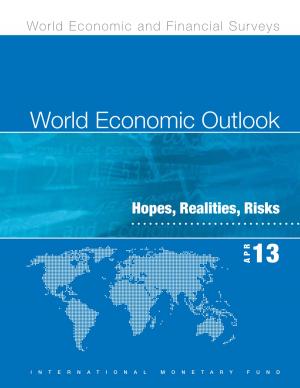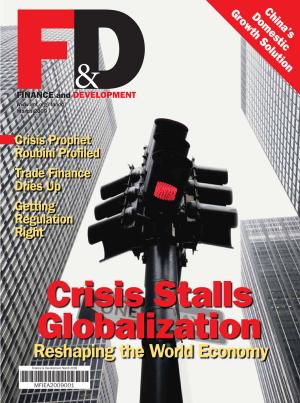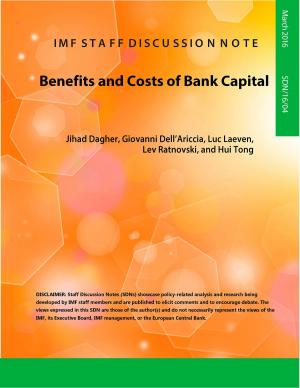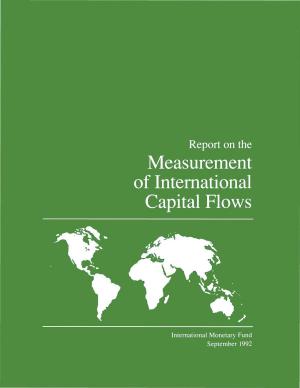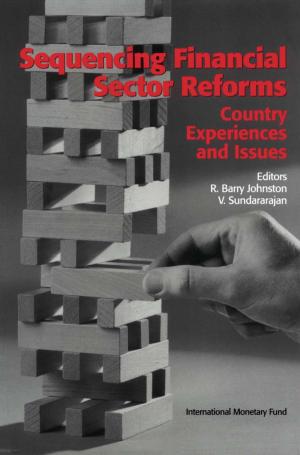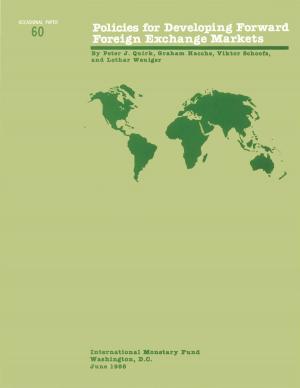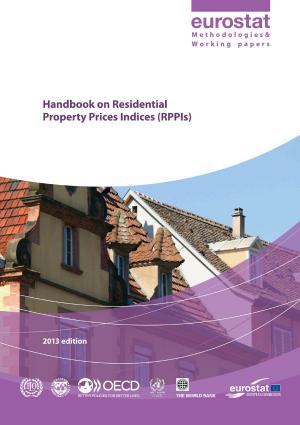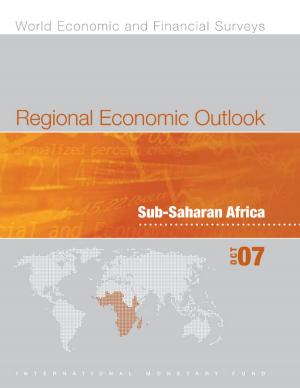Cambodia: Entering a New Phase of Growth
Business & Finance, Economics, Public Finance, Finance & Investing, Banks & Banking, Macroeconomics| Author: | Olaf Mr. Unteroberdoerster | ISBN: | 9781484307922 |
| Publisher: | INTERNATIONAL MONETARY FUND | Publication: | February 27, 2014 |
| Imprint: | INTERNATIONAL MONETARY FUND | Language: | English |
| Author: | Olaf Mr. Unteroberdoerster |
| ISBN: | 9781484307922 |
| Publisher: | INTERNATIONAL MONETARY FUND |
| Publication: | February 27, 2014 |
| Imprint: | INTERNATIONAL MONETARY FUND |
| Language: | English |
Cambodia is poised to join a new generation of Asian frontier economies transitioning from low-income to emerging-market. But the path to greater and more shared prosperity requires a solid foundation of sound macroeconomic policies, enabling new growth drivers, tackling a highly dollarized and fragmented financial system, and creating more fiscal policy space to help meet Cambodia’s vast development needs. This book first takes a closer look at the key economic challenges Cambodia faces at the current juncture, highlighting Cambodia’s structural and financial constraints to growth as well as shifting vulnerabilities as Asia rebalances. It then lays out how a strategy of fiscal and financial sector policies, from creating a fairer and more buoyant tax system to modernizing financial instruments, markets and supervision, can help mobilize the resources and tools needed for one of Asia’s youngest and fastest-growing populations to enjoy more self-sustaining and inclusive growth.
Cambodia is poised to join a new generation of Asian frontier economies transitioning from low-income to emerging-market. But the path to greater and more shared prosperity requires a solid foundation of sound macroeconomic policies, enabling new growth drivers, tackling a highly dollarized and fragmented financial system, and creating more fiscal policy space to help meet Cambodia’s vast development needs. This book first takes a closer look at the key economic challenges Cambodia faces at the current juncture, highlighting Cambodia’s structural and financial constraints to growth as well as shifting vulnerabilities as Asia rebalances. It then lays out how a strategy of fiscal and financial sector policies, from creating a fairer and more buoyant tax system to modernizing financial instruments, markets and supervision, can help mobilize the resources and tools needed for one of Asia’s youngest and fastest-growing populations to enjoy more self-sustaining and inclusive growth.
